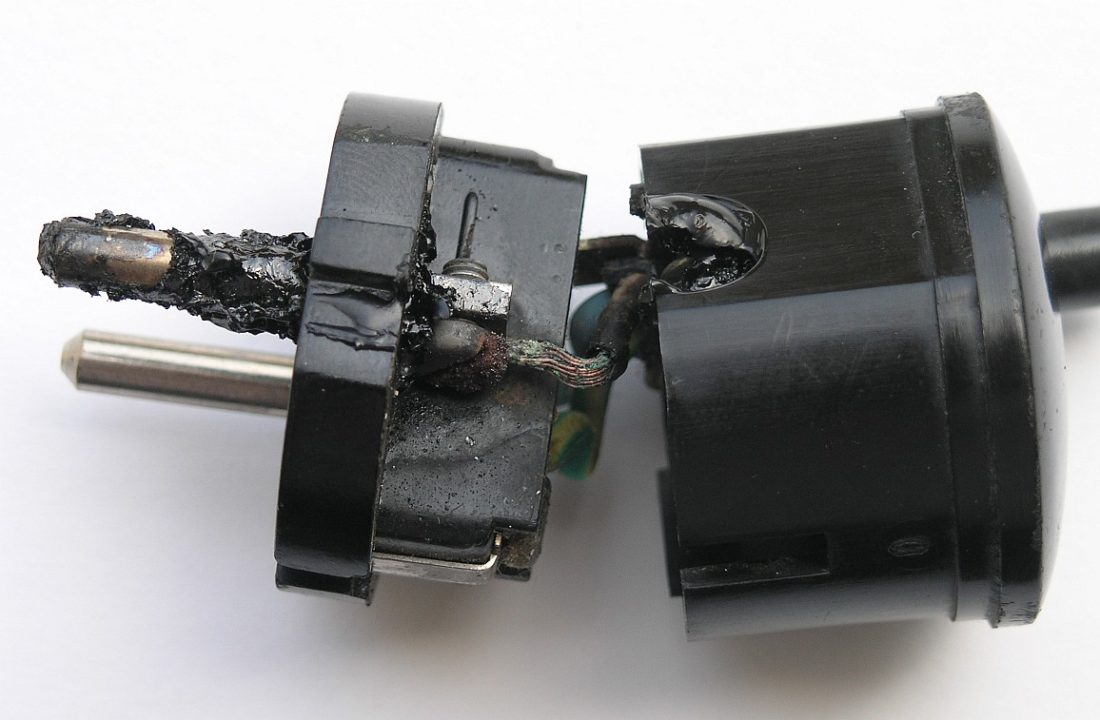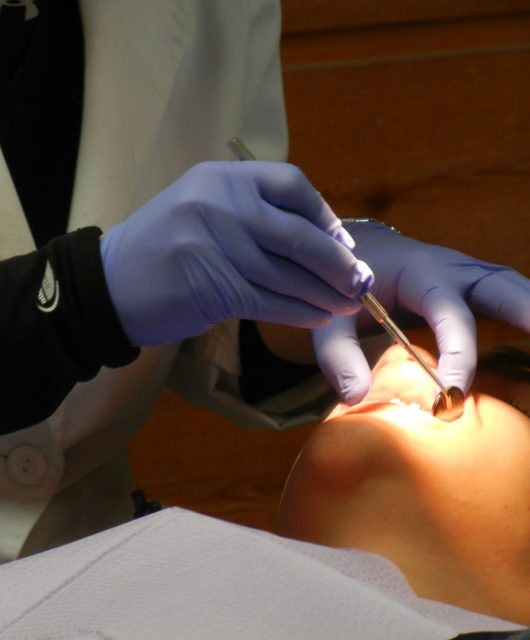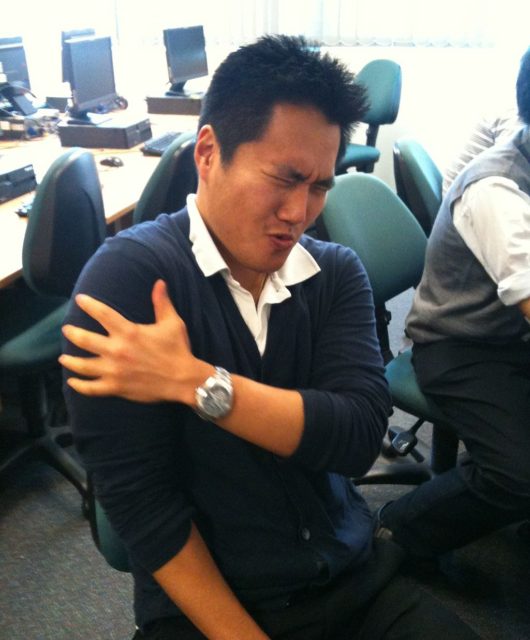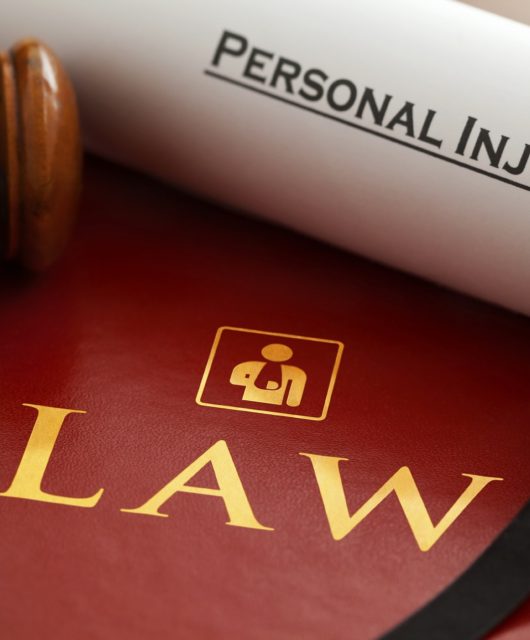The Important Types of Evidence in a Personal Injury Case
 A personal injury case requires that the plaintiff and his or her attorney do everything possible to prove that the defendant is guilty in causing your injuries. This requires that they show that the defendant did not do what was expected to avoid the injuries sustained, and that these actions or lack of action caused the plaintiff’s injuries.
A personal injury case requires that the plaintiff and his or her attorney do everything possible to prove that the defendant is guilty in causing your injuries. This requires that they show that the defendant did not do what was expected to avoid the injuries sustained, and that these actions or lack of action caused the plaintiff’s injuries.
If you are the plaintiff, critical to your case will be testimony from you and any witnesses. You will also need to note the circumstances under which you were injured in a clear and detailed way for your attorney. As importantly you will need to provide any evidence that creates an understanding or even proof of the defendant’s culpability in the case.
Physical and other types of evidence has so much power in a personal injury case, because it allows the judge or jury to actually observe what happened. There are different types of evidence that your lawyer will want to utilize.
Physical Evidence
Evidence that is Tangible
Tangible evidence is often provided in a personal injury case. If the evidence is a totaled automobile, an exploded hair spray can or even a scar from an operation performed after you were injured, these are all examples of tangible evidence. The goal of tangible evidence is to give the jury the chance to see and touch something related to the case.
Often however the actual physical evidence may not be able to be brought into the court room or it may be inconvenient for the jury to be taken to the physical evidence. It may also be injuries that you sustained from the actions of the defendant. This injuries may need to be presented in a way that shows how devastating they were. In this case, the physical evidence can be represented in photographs or videos.
Non-Physical Evidence
The largest part of any personal injury case will usually involve non-physical evidence. This evidence is often factual but can also be presented as testimonial during the case. A good lawyer like Oakland California’s Dolan Law Firm, PC will work to provide as much physical and non-physical evidence as is available in order to build a strong case that supports the plaintiff’s contentions. Non-physical evidence will include the following:
Depositions
Witnesses will give statements under oath before the trial begins to give both sides a sense of what they are saying they witnessed. These depositions are taken outside of the courtroom and usually at a lawyer’s office. The statements will be recorded and transcripts provided to both side’s attorneys.
Testimony
If the case goes to trail there will be witnesses that give testimony to the judge and jury. A personal injury court case will have two types of witnesses regular witnesses who can recite their version of the facts of the case including what happened at the scene of the injuries and any issues related to what occurred. There are also expert witnesses who provide an expert opinion of issues related to the case.
Medical Records & Medical Bills
All hospital, follow up doctor bills, prescription and other drugs, and any rehabilitation bills will be presented to display the level of physical and mental injuries you have sustained and may continue to be going through. These bills will form the part of the compensatory damages you would receive from winning the case. The medical records that support these medical bills will also be put on display as further verification for your injuries.
Police Reports
When police arrive at the scene, they are required to fill out a detailed report of what they are observing and also offer their professional opinion of what occurred fi they have one. Police reports are accepted as unbiased and are often the most respected version of what happened.
It is important that you collect all relevant evidence because it may have a bearing on the outcome of your case.









